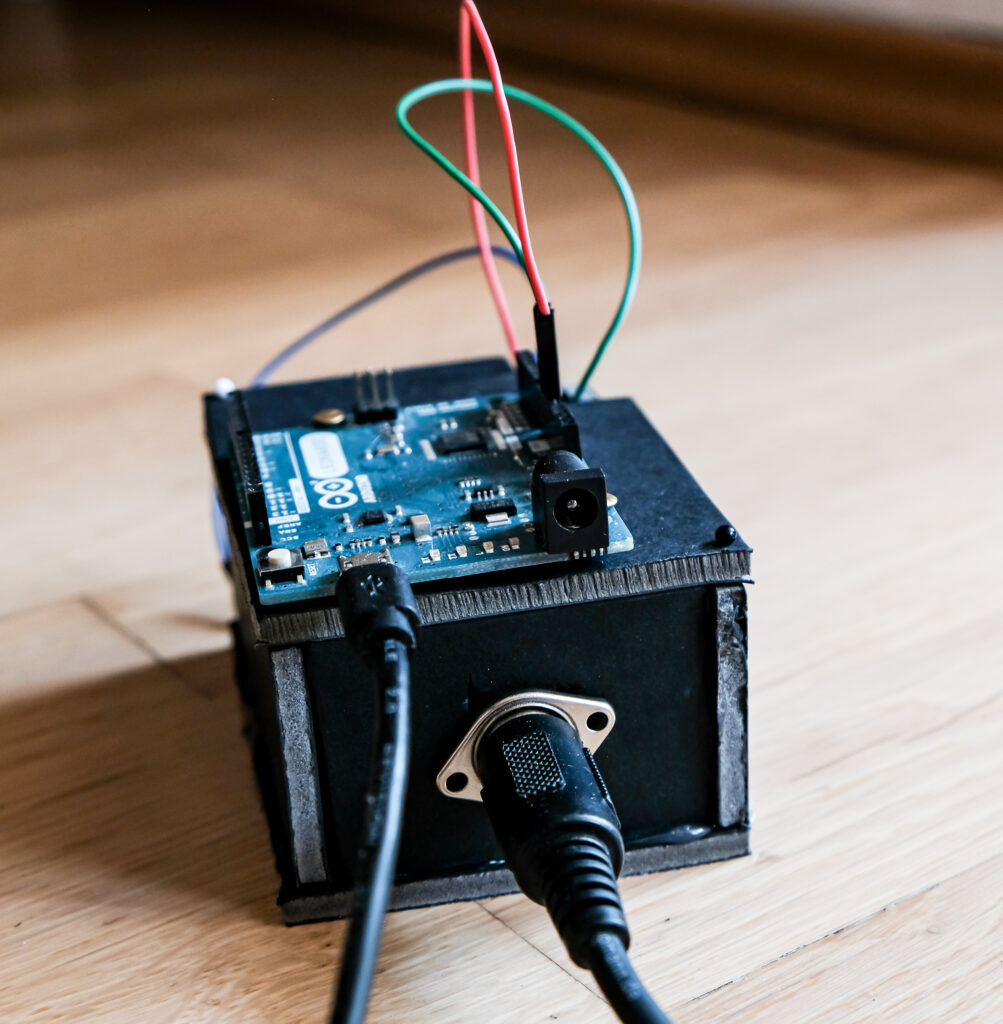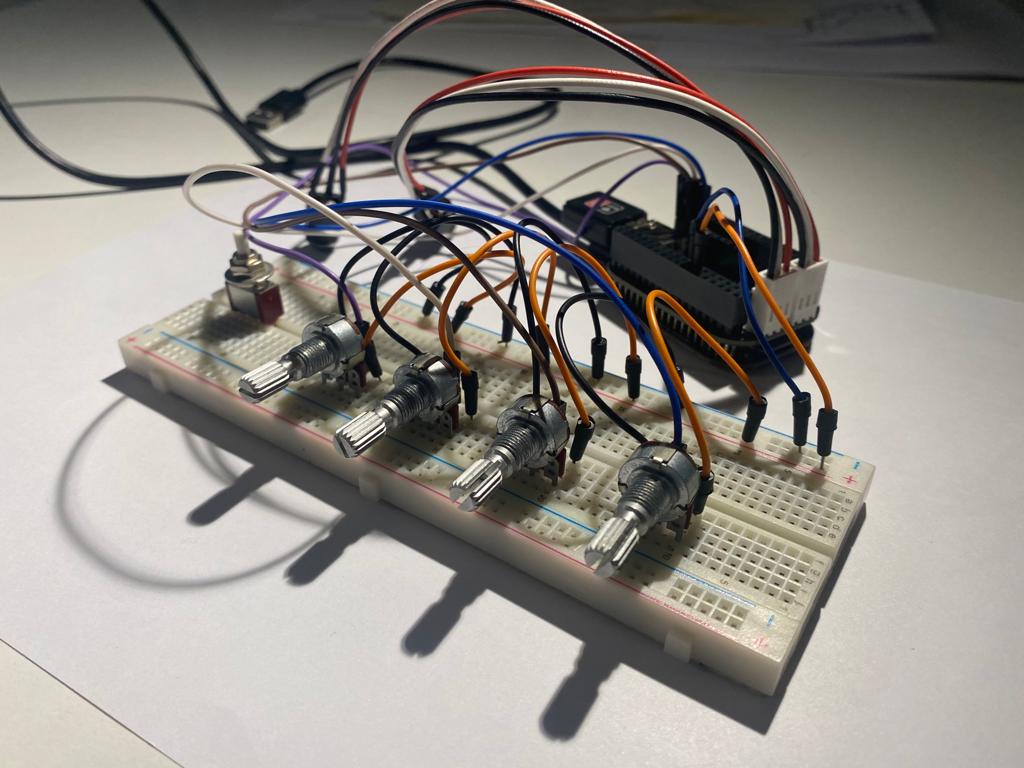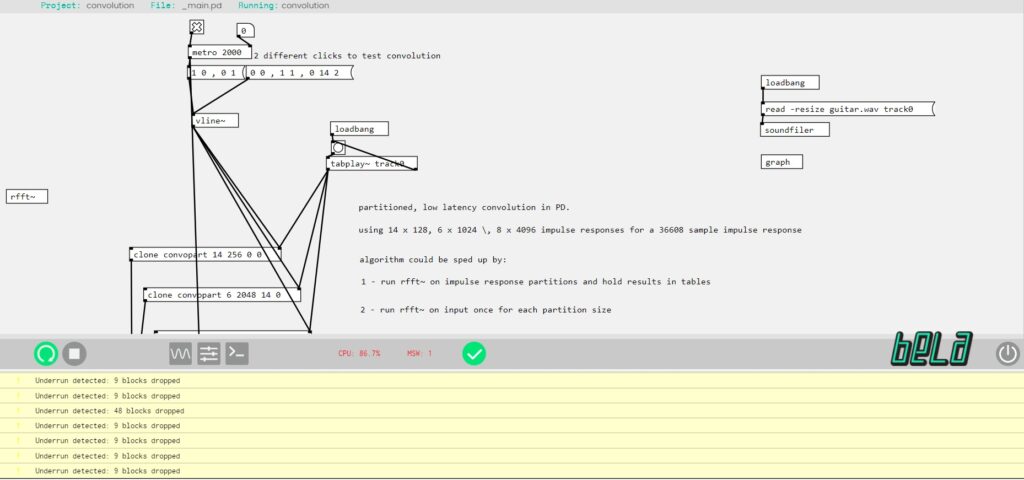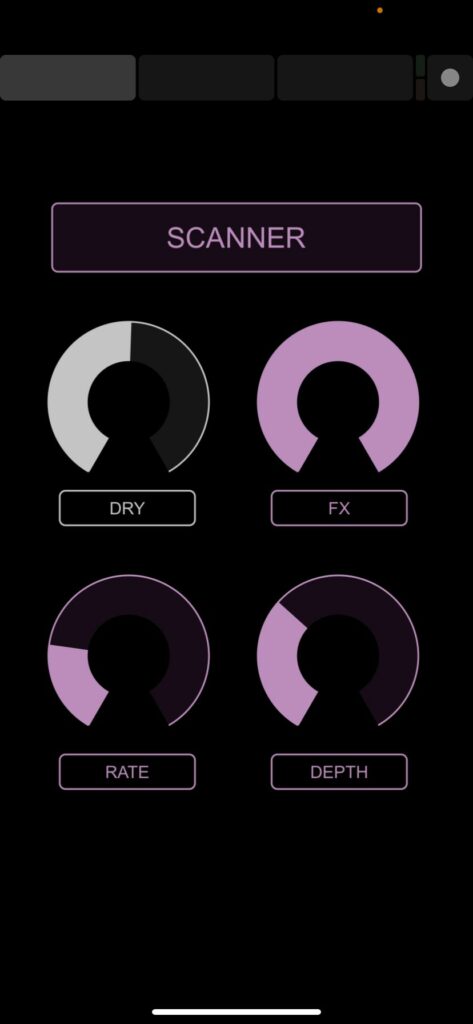After setting the main objectives for the third semester, the first issue that was tackled was the question of how to transmit the data. During the project, quite a few types of data transmissions have been tried out including USB-MIDI, only MIDI and, most recently, OSC.
As already mentioned in blog post #3, data transmission via OSC could be achieved using the ESP32’s WiFi capabilities. This means of communication comes with the definite advantage of being wireless, which was not possible with the MIDI setup from last semester.
However, my supervisor suggested trying out yet another possibility: MIDI via BLE (Bluetooth low energy). So basically, it sends MIDI over Bluetooth. Luckily, the ESP32 also has Bluetooth capabilities so it was possible to start experimenting immediately.
Using the MIDI-BLE library, a code was sketched that could transmit sensor data via MIDI via Bluetooth. Unfortunately, two additional, but free programs are necessary for MIDI BLE to work with Windows. One is called loopMidi which opens a specific MIDI port and the other program is called MIDIberry which lets you route the incoming MIDI signals to the aforementioned MIDI port. This MIDI port can then be selected as a MIDI input source in a DAW (I tested it with Cubase).
Apart from also being wireless, the MIDI BLE data transmission also comes with the additional advantage that it basically sends MIDI signals which work in every DAW almost straightaway while OSC support is not always given or that easy to use. For this very reason, it was decided to drop the OSC possibility for now and focus on MIDI BLE.
In Cubase, one can fully customize the parameter controls via MIDI. So, using Cubase, the “Solo Mode” that was previously written in a Pure Data sketch now works completely without the need for Pure Data since the effects that are turned on or off can now be directly selected in the DAW. This brings the project one more step closer to its completion.
However, while working in Cubase, the current solution does not (yet) work in Reaper for example. This is due to the fact that Reaper only uses the Learn MIDI function to map incoming MIDI CC messages to parameter controls. If two different CC messages are sent at the same time, meant for different effect types, it only recognizes one. It is then not possible to manually input another CC value to control another effect parameter as it is possible in the fully customizable Cubase.
As the two setups should be accessible without too much hassle for most guitarists, it must be established if other DAWs have the possibility of manually mapping MIDI CC values to parameter controls in order to ensure that this method, using MIDI BLE, works for at least the major DAW brands like Pro Tools, Ableton, Logic Pro, etc. if not for Reaper.








